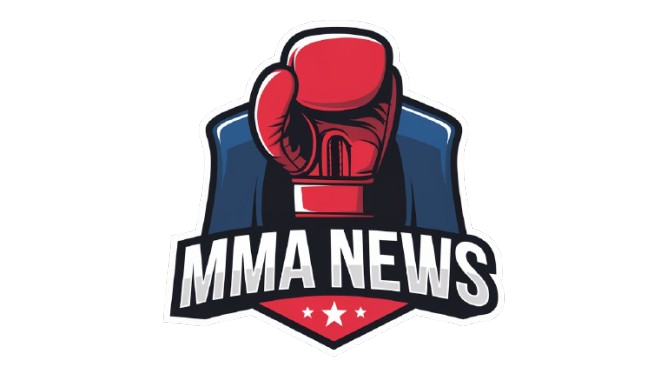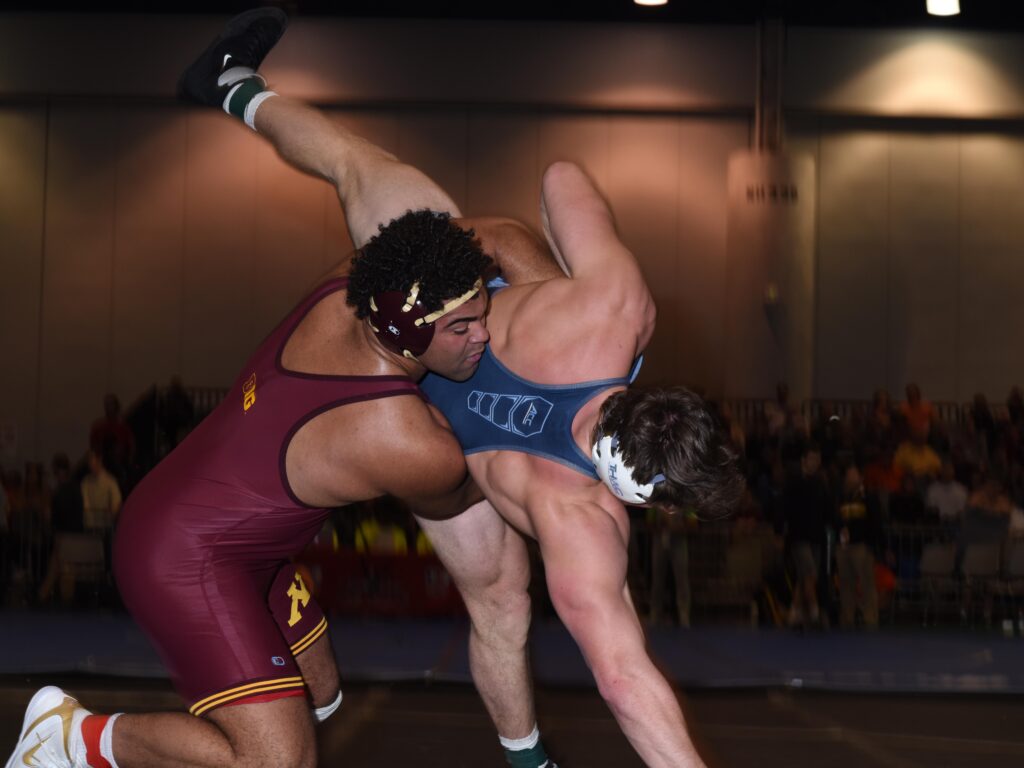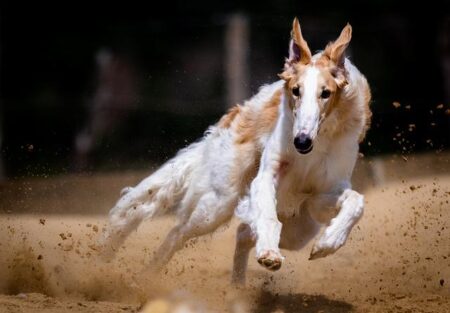In a surprising development ahead of one of the most anticipated grappling showdowns of the year, Olympic gold medalist Gable Steveson has officially withdrawn from his upcoming Combat Jiu-Jitsu Invitational 2 (CJI 2) match against renowned submission specialist Craig Jones. The withdrawal comes as a result of a turf toe injury that has forced Steveson to step back from competition to focus on recovery. This unexpected announcement has sent ripples through the grappling community, altering the dynamics of the much-hyped event scheduled for later this month.
Gable Steveson Pulls Out of High-Profile CJI 2 Match Citing Turf Toe Injury Impact
Gable Steveson’s unexpected withdrawal from the much-anticipated CJI 2 event sent ripples through the wrestling community this week. The decorated athlete cited a persistent turf toe injury that has significantly hampered his training and competitive performance. Despite efforts to manage the condition, Steveson acknowledged that proceeding with the match would risk further damage and likely jeopardize his long-term career prospects. Fans and fellow competitors alike expressed disappointment, anticipating an electrifying showdown between Steveson and Craig Jones.
Event organizers swiftly responded by outlining the adjusted fight card and emphasizing athlete safety as their top priority. Key details include:
- Match Replacement: An alternative contender will step in to face Craig Jones.
- Injury Update: Steveson to undergo a comprehensive rehab program.
- Event Impact: No changes to the event date or venue planned.
| Athlete | Status | Injury Details | Next Steps |
|---|---|---|---|
| Gable Steveson | Withdrawn | Turf Toe – Recovery ongoing | Rehabilitation & future match consideration |
| Craig Jones | Still Competing | Healthy | Awaiting new opponent |
Expert Recommendations for Recovery and Future Competition Readiness After Turf Toe Setback
To navigate the challenges of turf toe and ensure a swift, complete recovery, medical professionals emphasize a combination of rest and a carefully structured rehabilitation plan. Initial treatment should focus on reducing inflammation through icing, compression, and elevating the affected foot. Weight-bearing activities must be minimized, and athletes are advised to use supportive footwear or orthotic inserts to alleviate pressure on the joint. Hydration and nutrition also play key roles in tissue repair during the early stages of healing.
As symptoms improve, gradual reintroduction of movement and controlled strength training becomes paramount to prevent stiffness and restore joint function. Experts recommend incorporating:
- Range-of-motion exercises guided by a physical therapist
- Progressive load-bearing activities to enhance stability
- Balance and proprioception drills to reduce re-injury risk
Continuous monitoring and adjustment of the recovery protocol are essential to ensure readiness for future competitions. Below is a simplified timeline to help visualize the typical phases of turf toe recovery:
| Recovery Phase | Duration | Focus |
|---|---|---|
| Acute Rest | 1-2 weeks | Inflammation control, pain management |
| Rehabilitation | 3-6 weeks | Mobility restoration, strength building |
| Performance Prep | 6+ weeks | Functional drills, sport-specific training |
In Retrospect
Gable Steveson’s unexpected withdrawal from the CJI 2 match against Craig Jones underscores the physical toll of high-level competition and marks a significant moment in the event’s lineup. As Steveson focuses on recovery from his turf toe injury, fans and organizers alike await updates on his condition and future return to the mat. Meanwhile, the CJI 2 event presses on, with anticipation building around how this change will impact the tournament’s dynamics moving forward.








